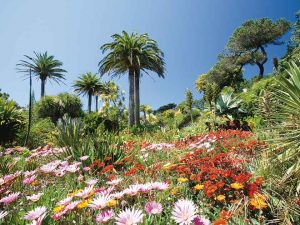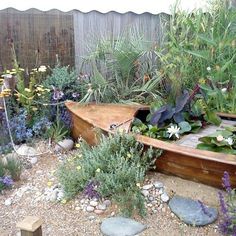Overcoming the Challenges of Gardening by the Seaside
You wake up greeted by a stunning view and are lulled to sleep by the gentle sound the sea makes when it caresses the beach. Is it too much to ask for a blooming garden?

Almost all coastal property owners will tell you that gardening is like a losing battle. Simply put, the elements that make a coastal property appealing are the same elements that make seaside gardening difficult. You’ve got to deal with sandy soil, a huge amount of salt and heat, and onshore winds.
These elements combined can burn leaves and inhibit the growth of plants. But rather than accepting and being resigned to your fate as a shoreline property dweller, you can take a few steps in order to make your dream of having a beautiful coastal garden come true. The key here is to find suitable plants and make do with the available conditions.
One of the first things that you need to deal with is the soil quality. For example, if you live along Perth’s coastal area, it is highly likely that the soil on your property is more alkaline.
This requires improving soil quality through the addition of both organic matter and wetting agents. These will improve the structure of the soil as well as its capacity to hold water.
In adding organic matter, make sure that you dig this into the ground instead of simply spreading it on top of the soil. This will help prevent the growth of weeds.
It is also advisable to apply a thick layer of mulch at least once a year in order to contain evaporation and serve as a cushion for the ground against the wind.
And speaking of winds, you have to minimise the effects of these on the growth of your plants. The best way to do that would be to create windbreaks by using strategically positioned trees and shrubs around the garden.
 In building windbreaks, you can try to combine trees and shrubs with any material you have on your property. You may also use fences and screens, but be sure to leave a gap to prevent turbulence. Keep the harsh wind and intense sunlight away from your plants.
In building windbreaks, you can try to combine trees and shrubs with any material you have on your property. You may also use fences and screens, but be sure to leave a gap to prevent turbulence. Keep the harsh wind and intense sunlight away from your plants.
When it comes to selecting plants for your coastal gardens, opt for native plants instead of having a lawn and a garden of flowering plants. Native plants can easily handle the conditions in your area and can provide both food and home for local birds and animals. Plus, these plants are more tolerant to drought and require little water.
For professional assistance with your garden planning and design, planting and maintenance, please don’t hesitate to call Jim’s Mowing & Gardening on 0800 454 654 or book online today!


